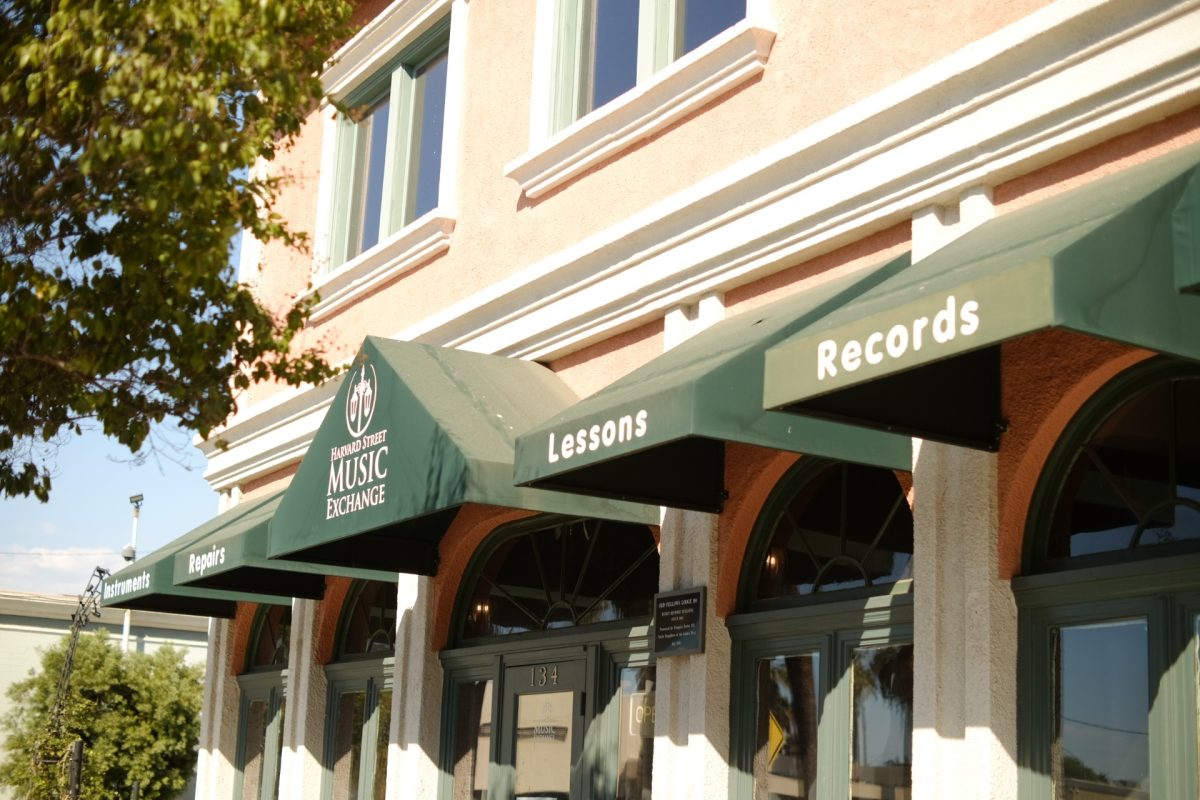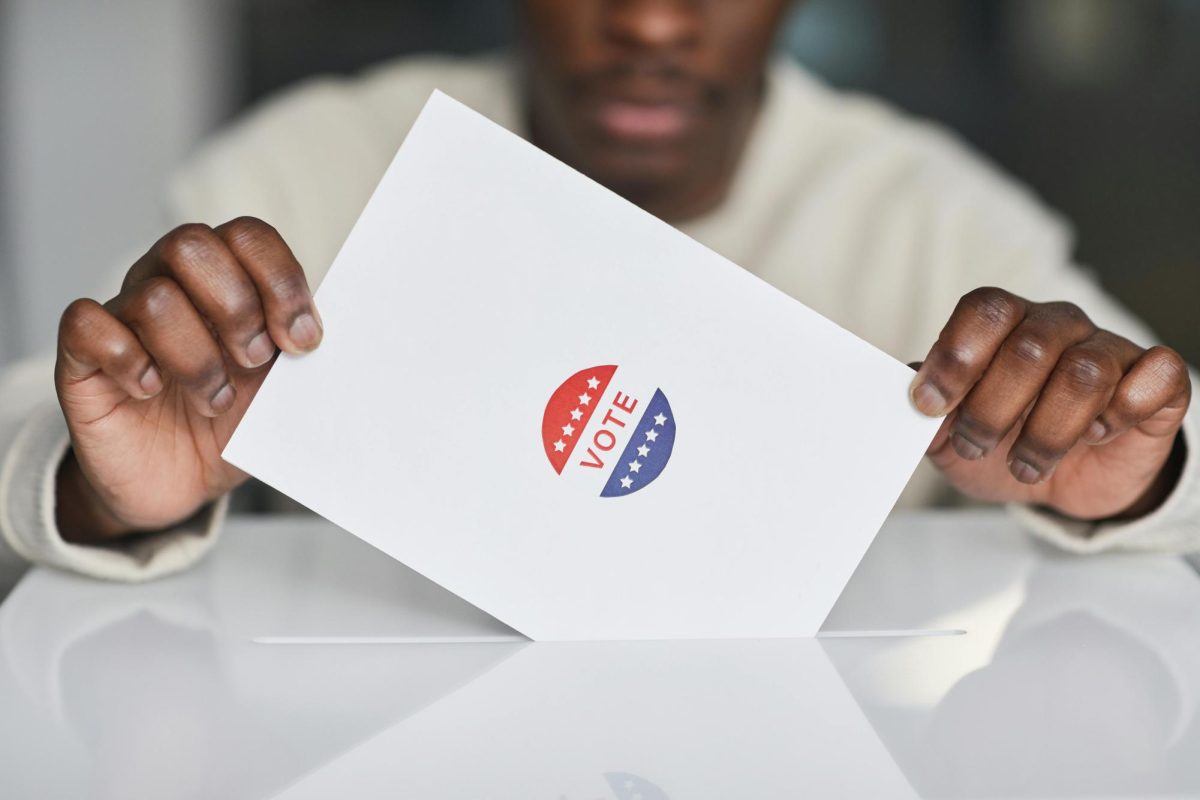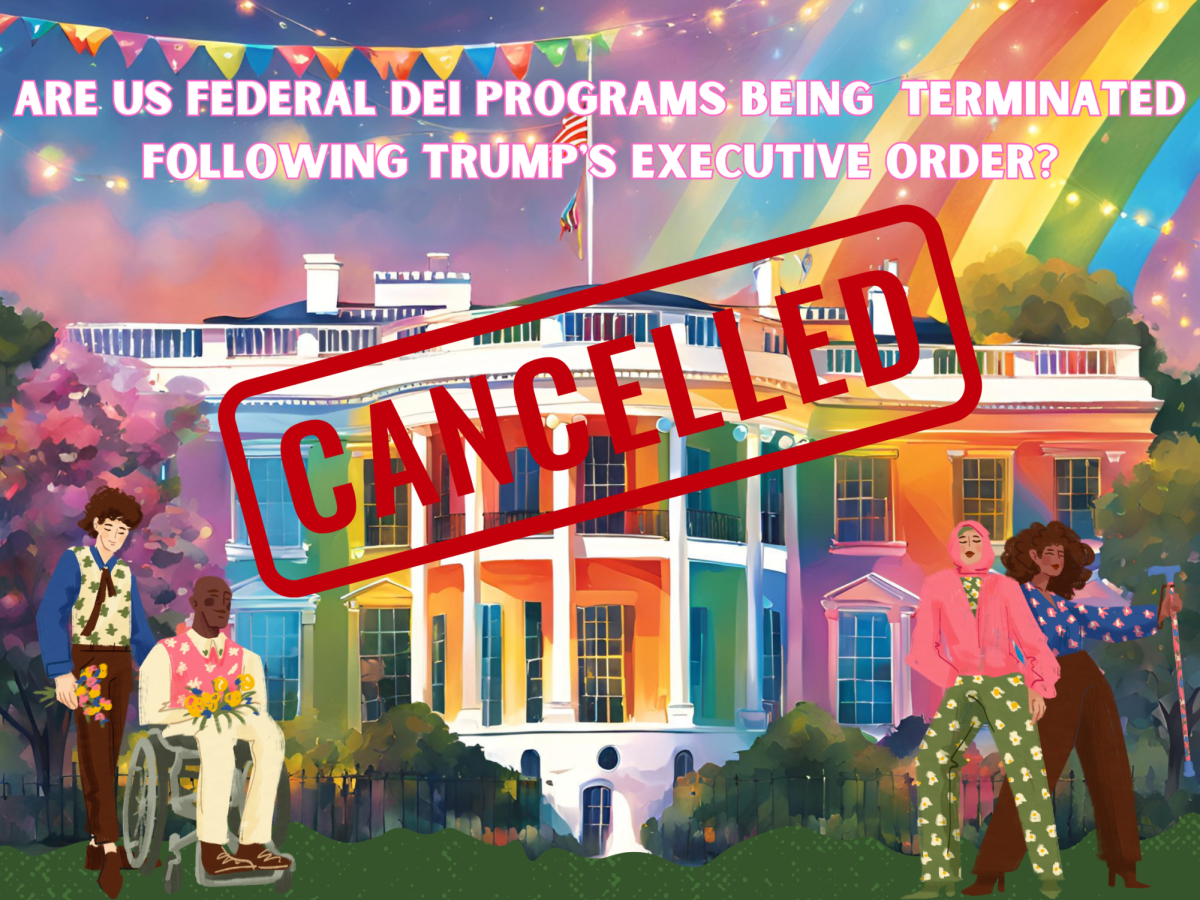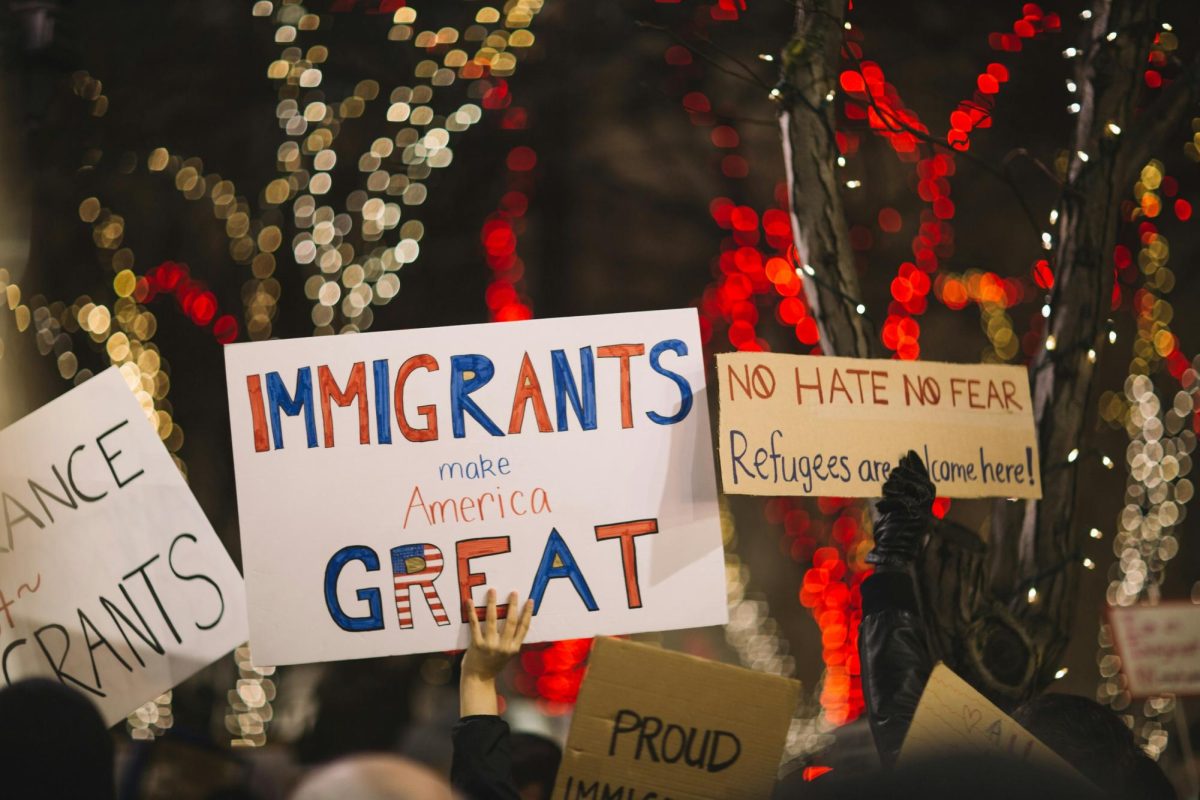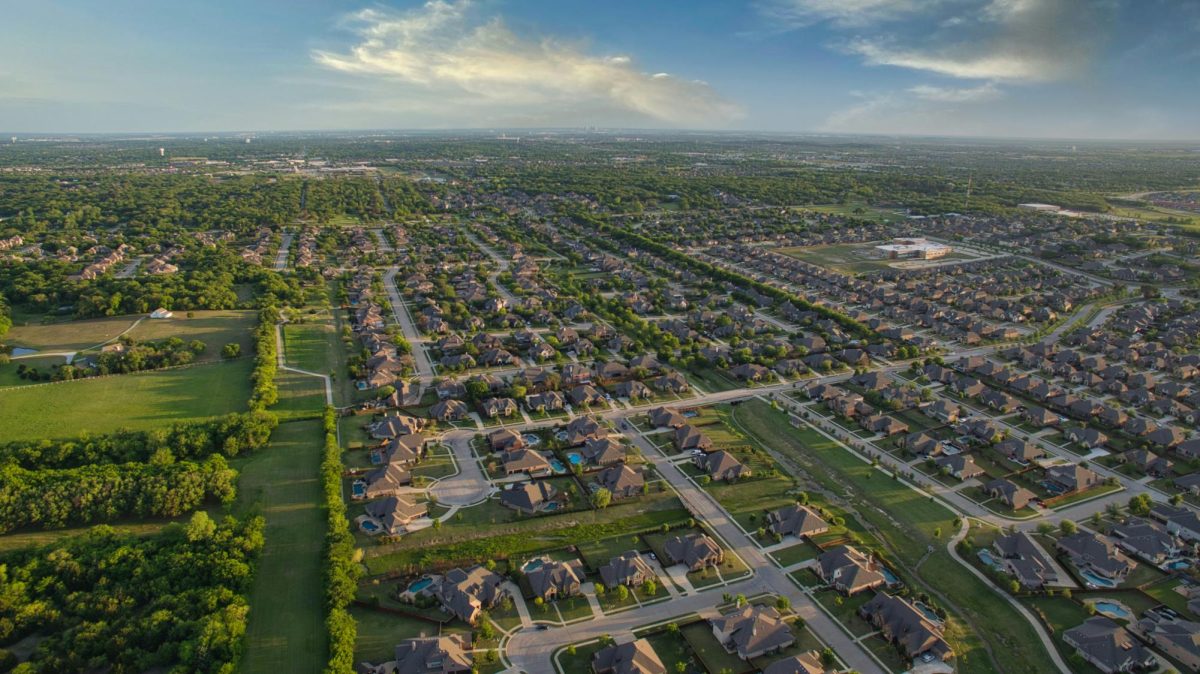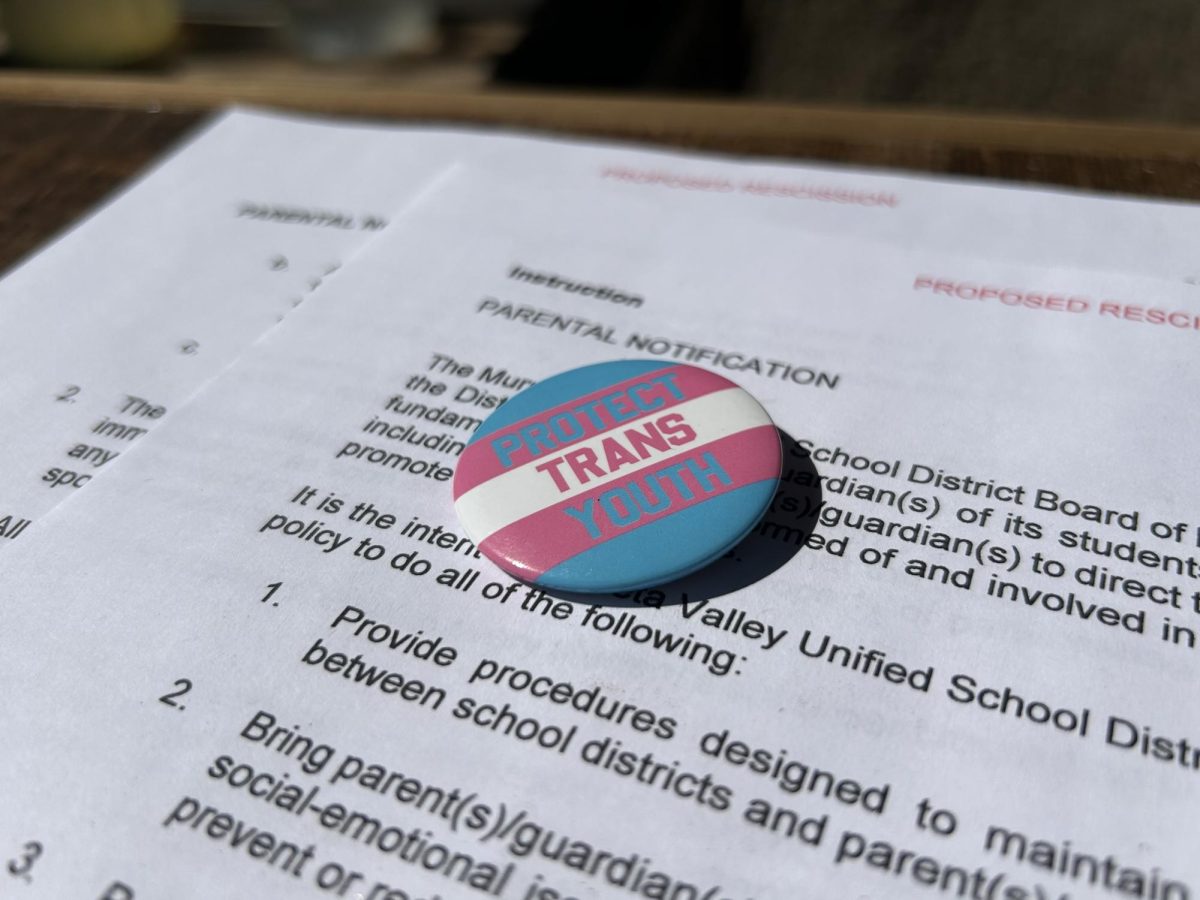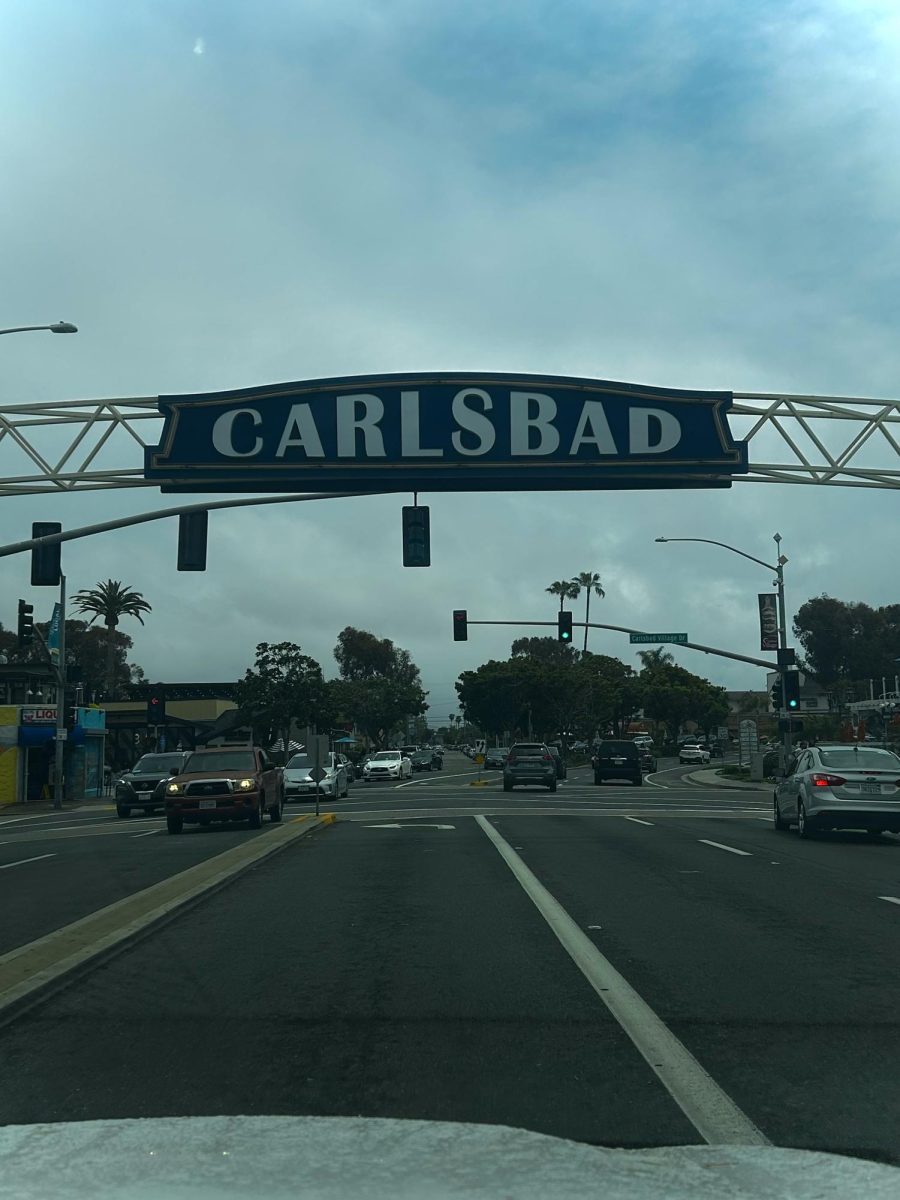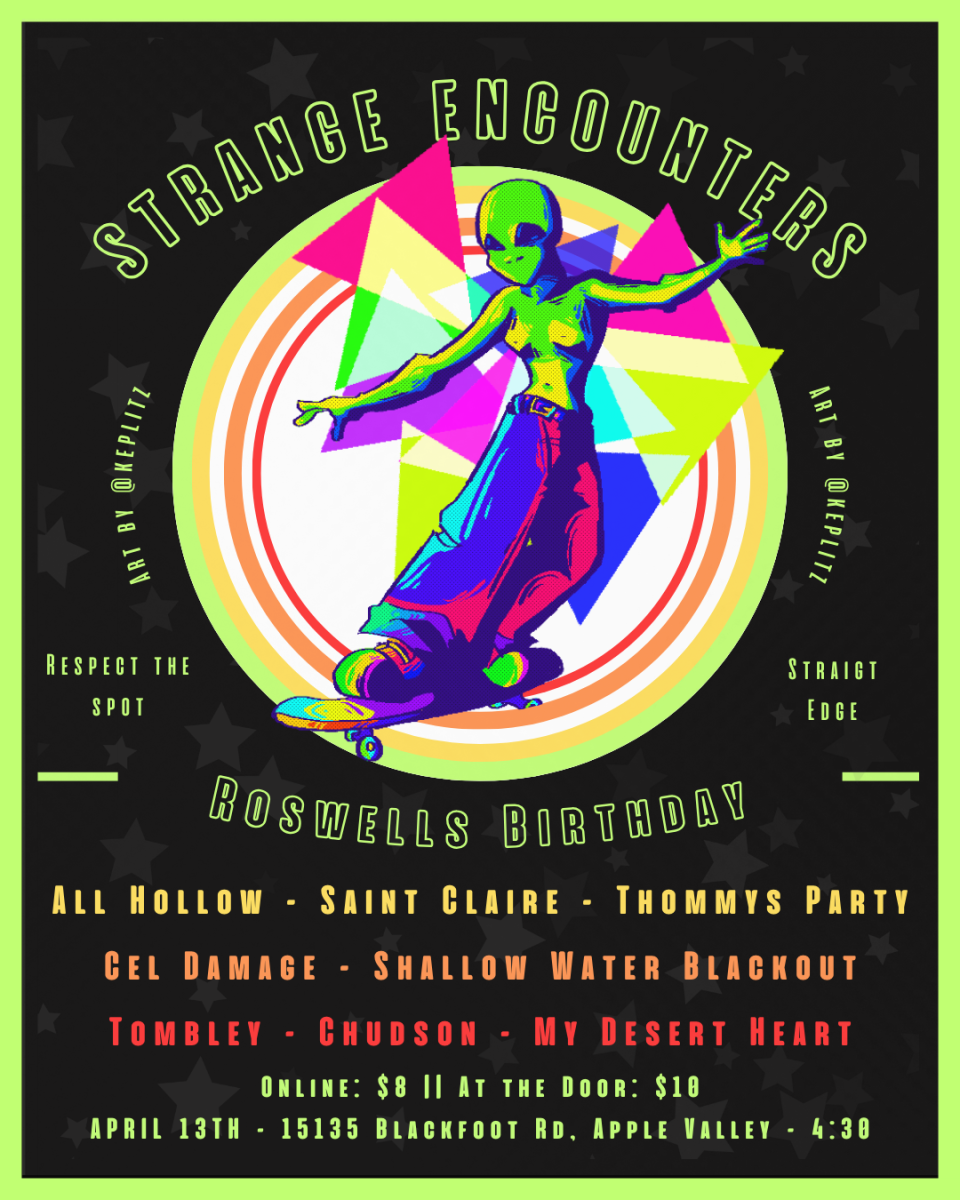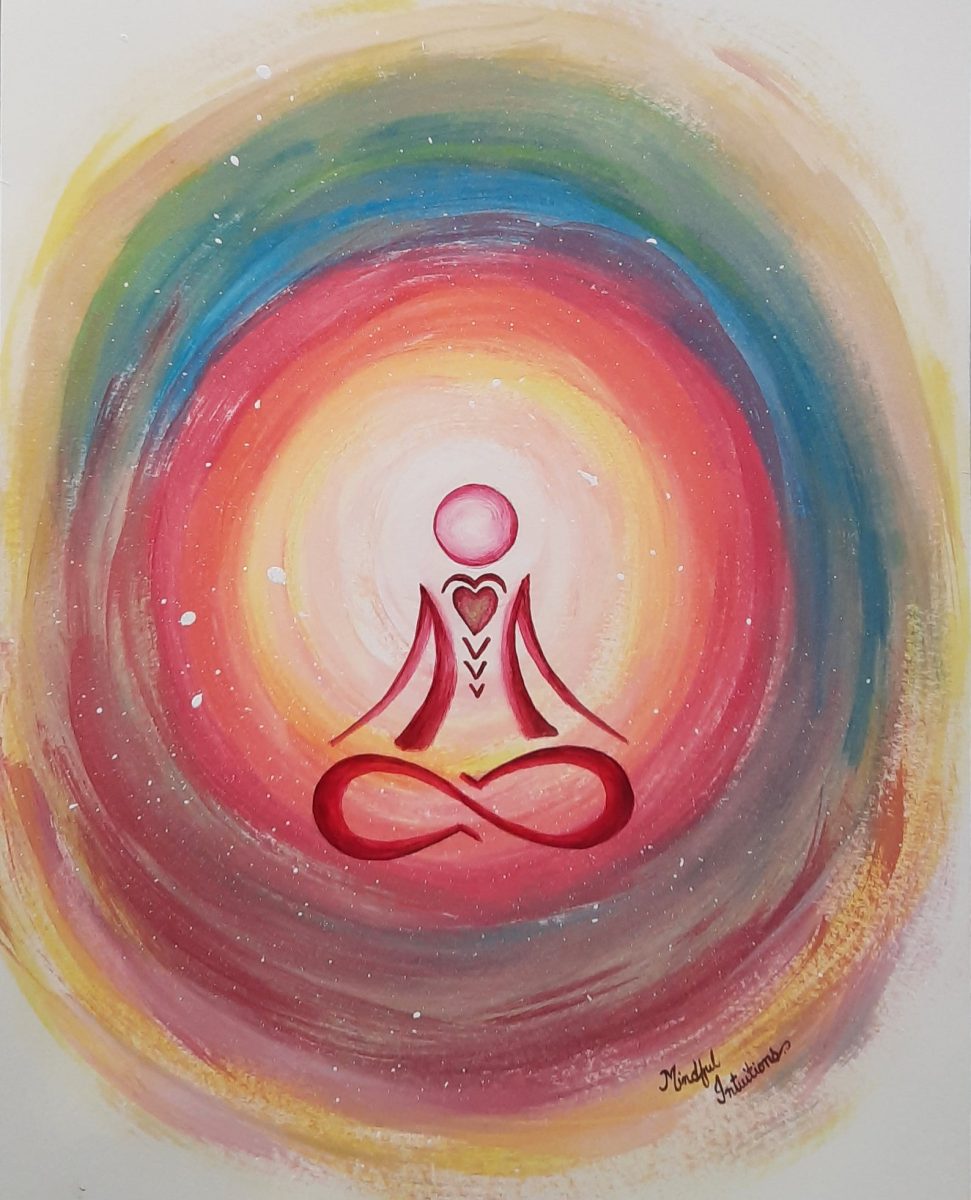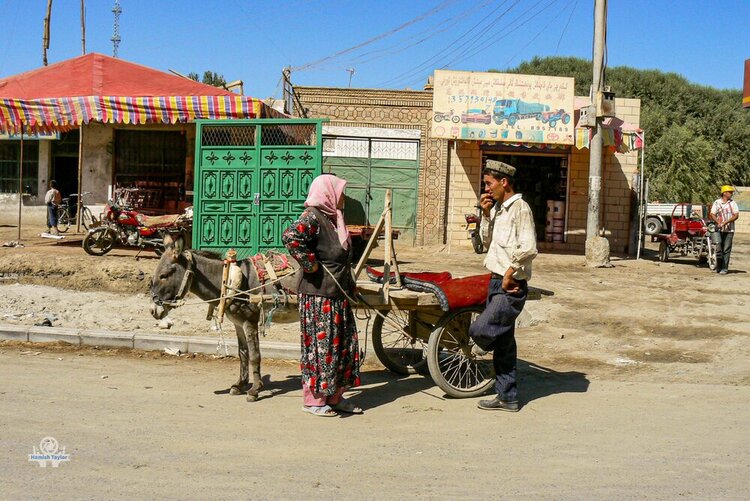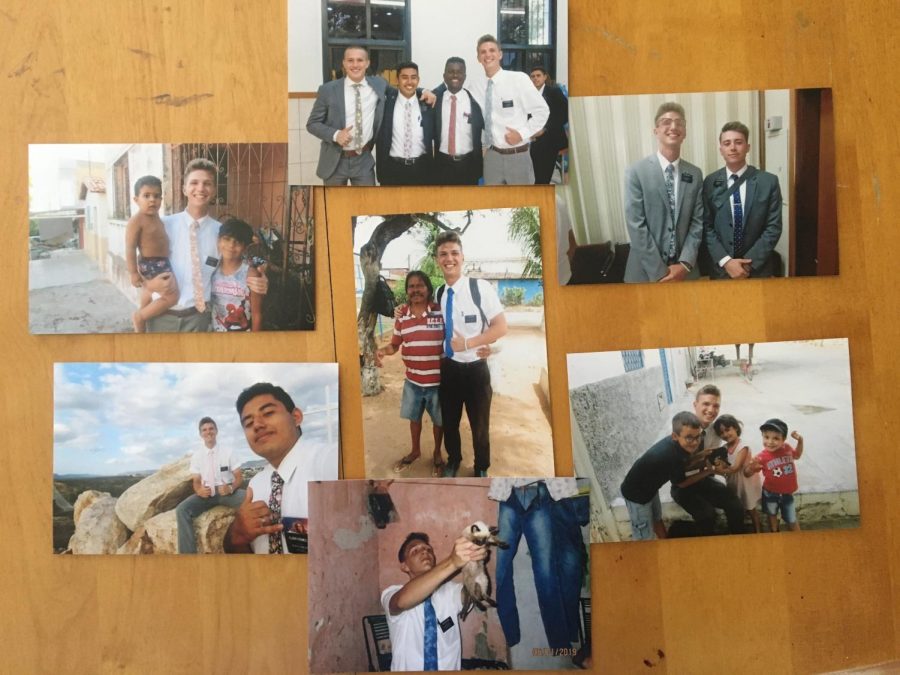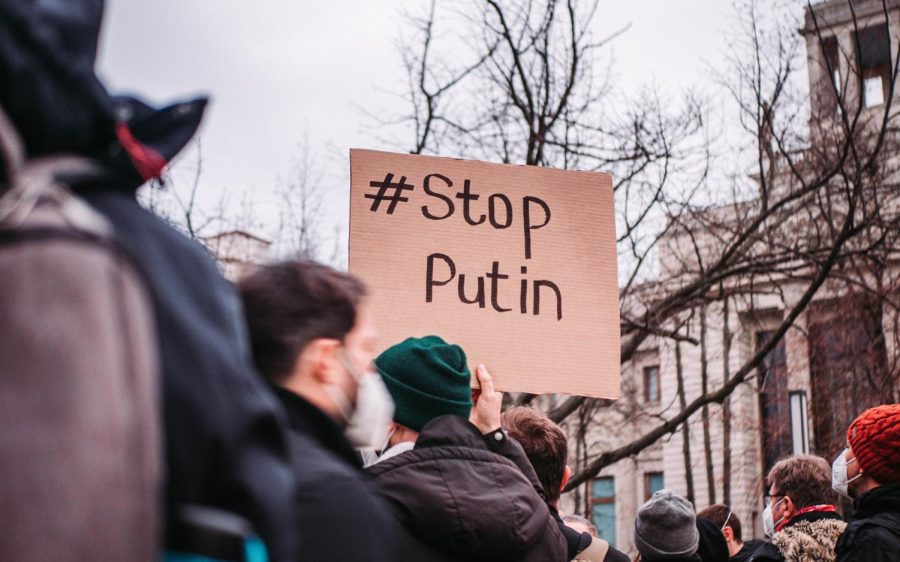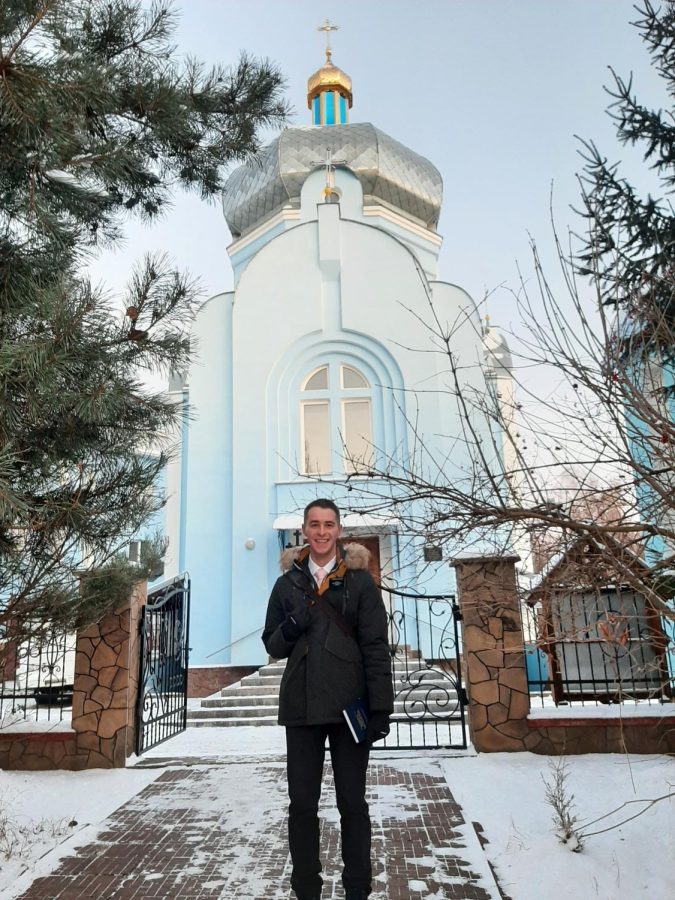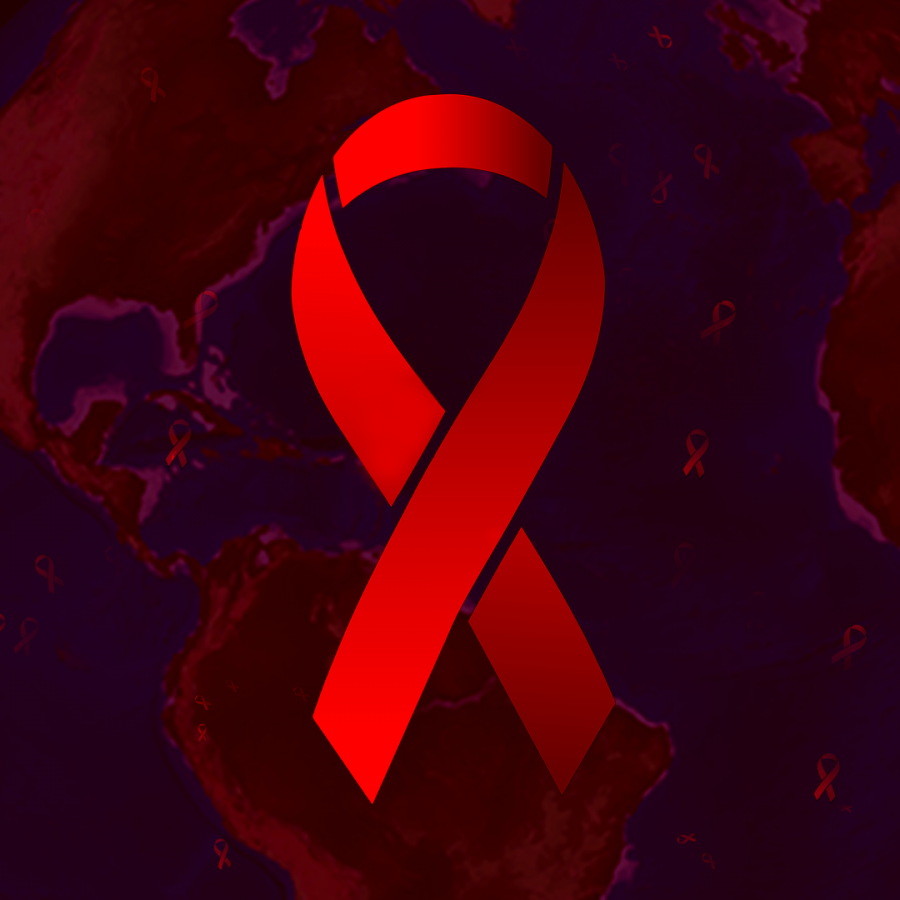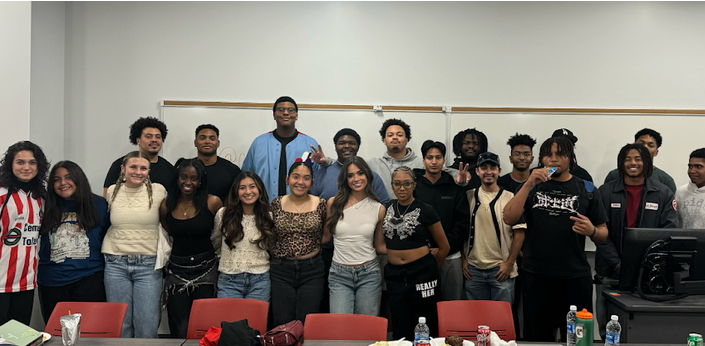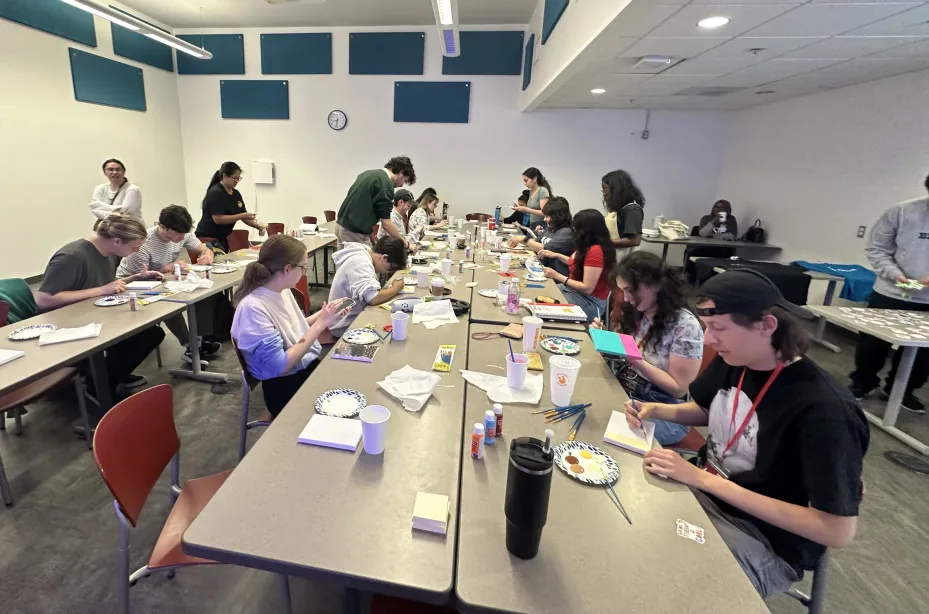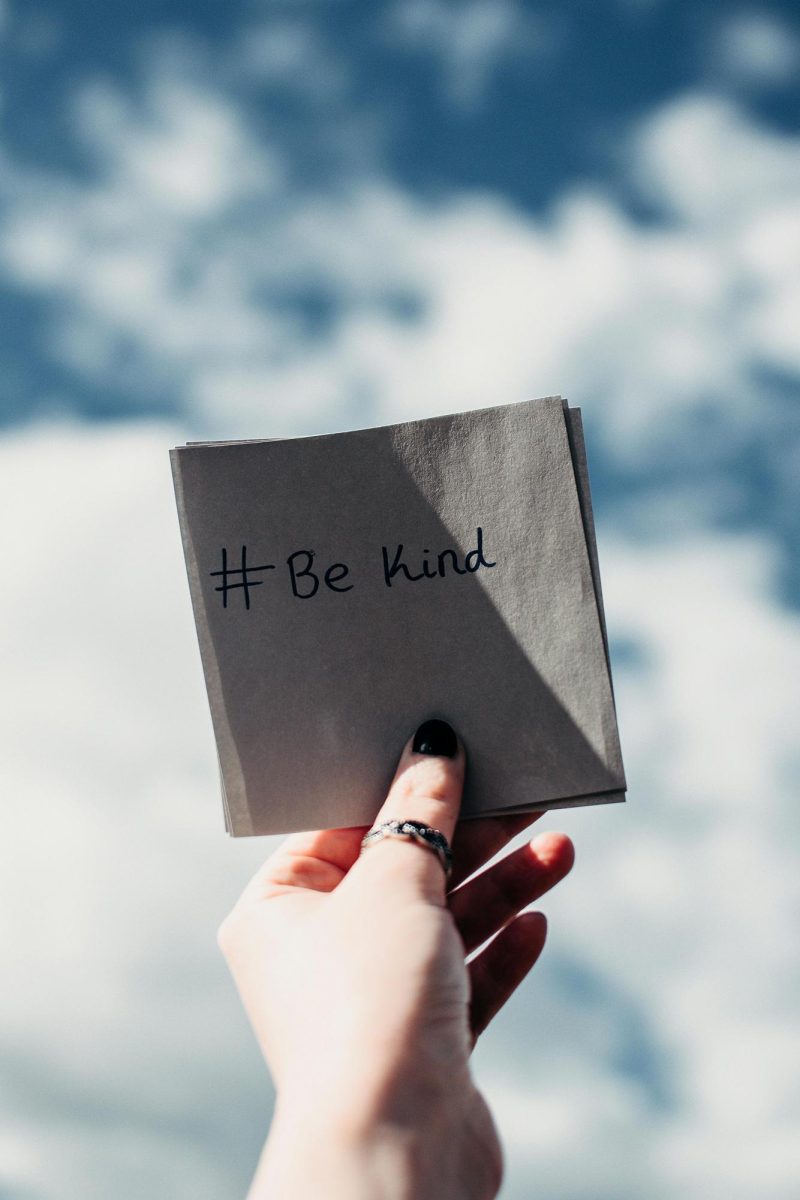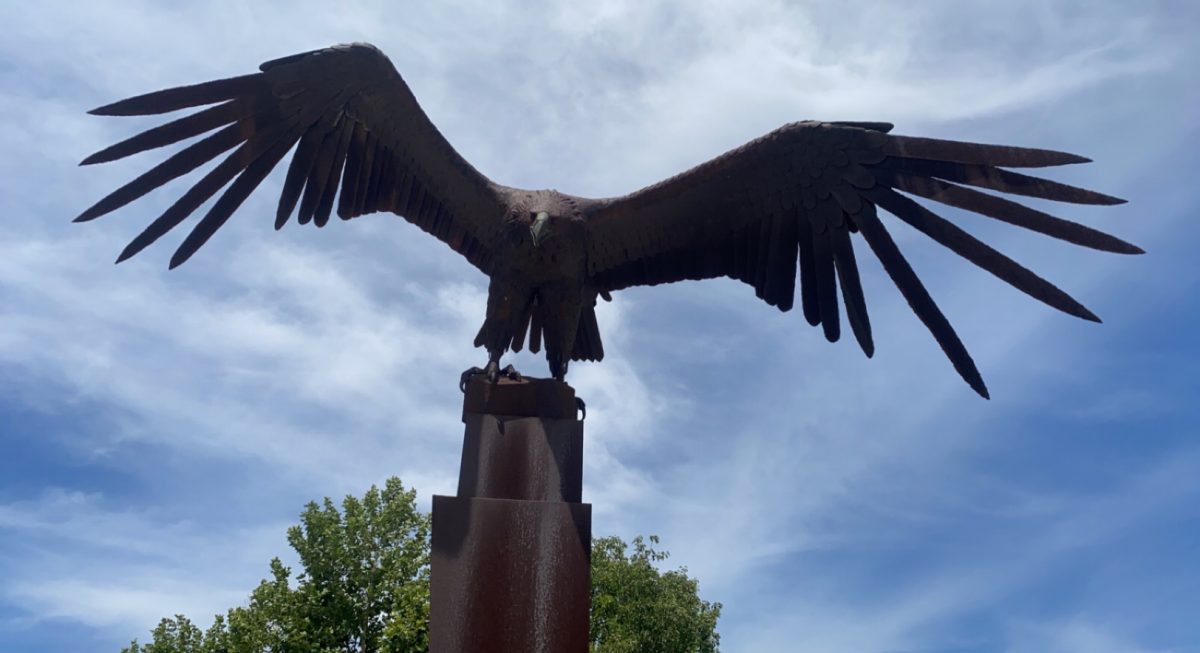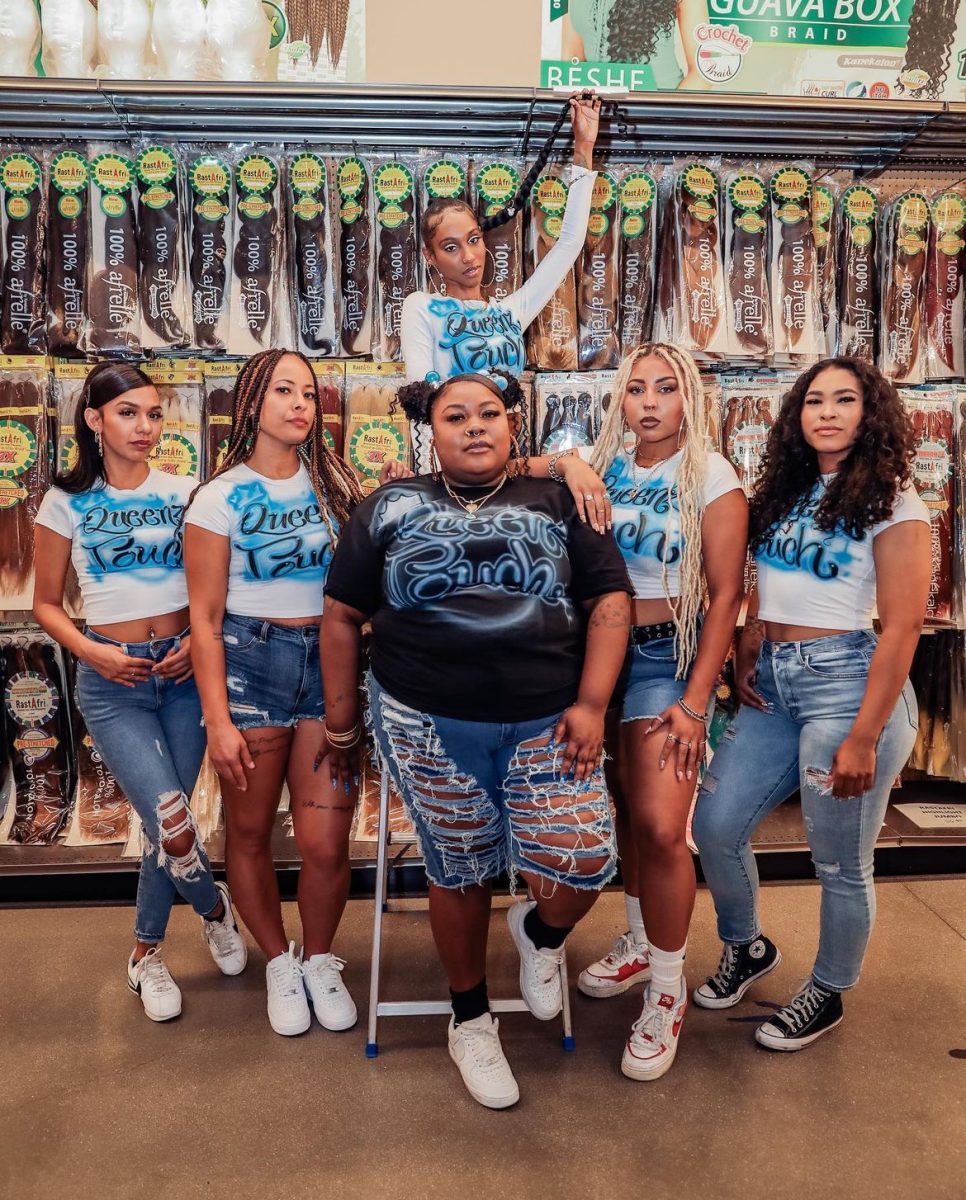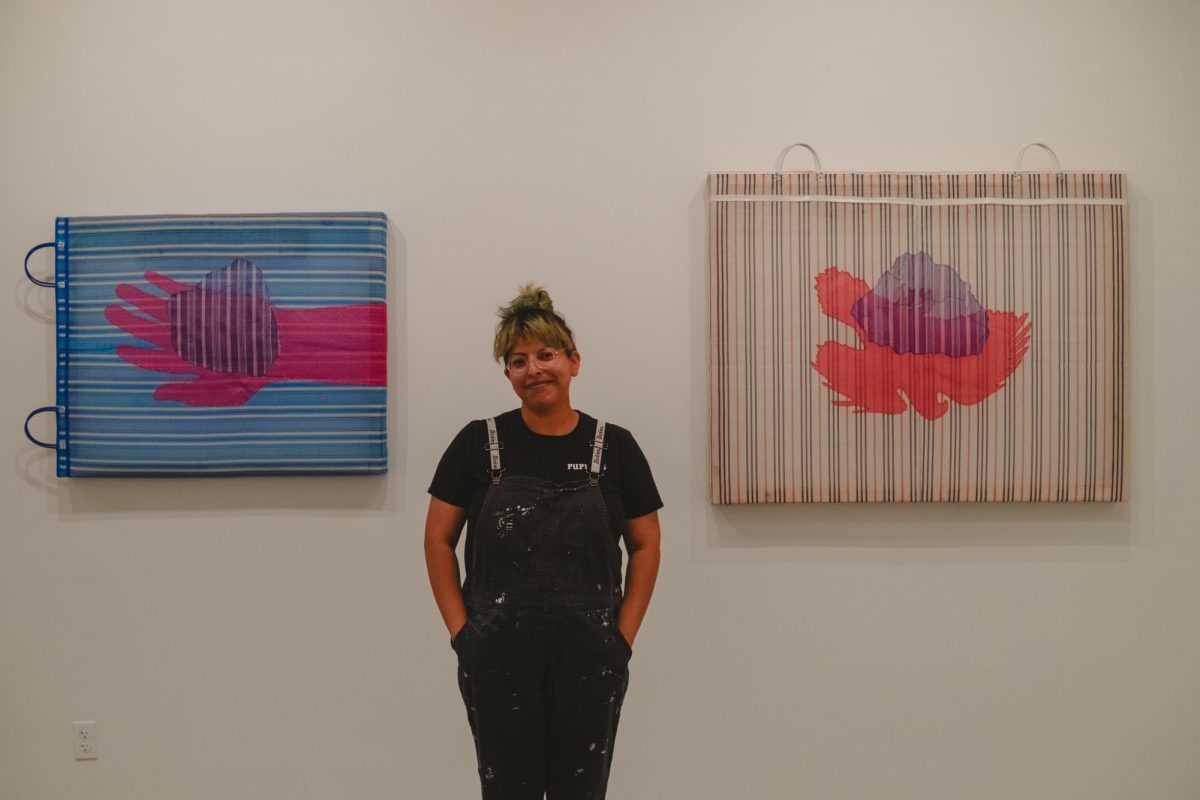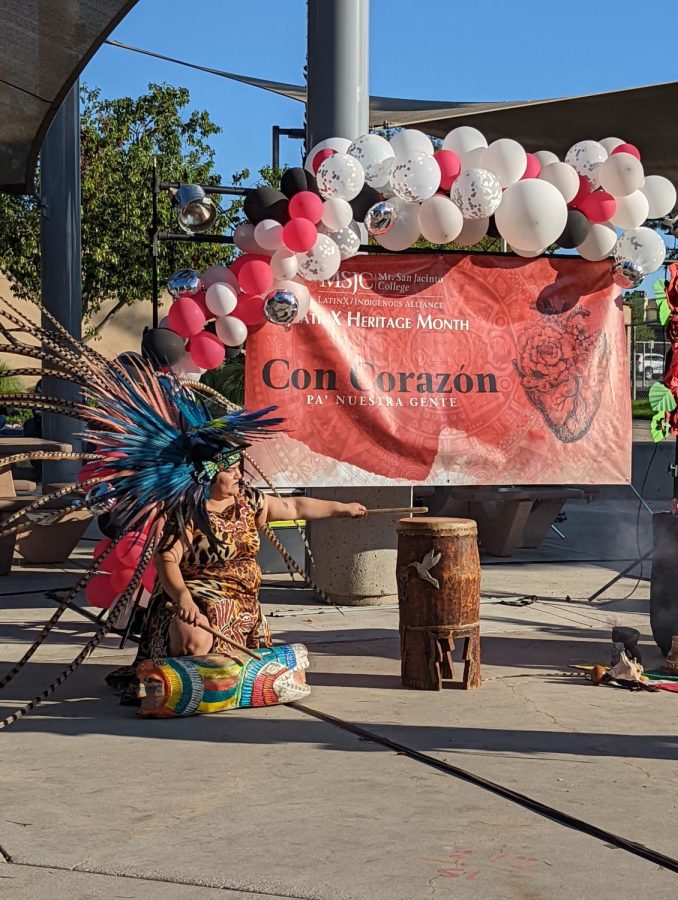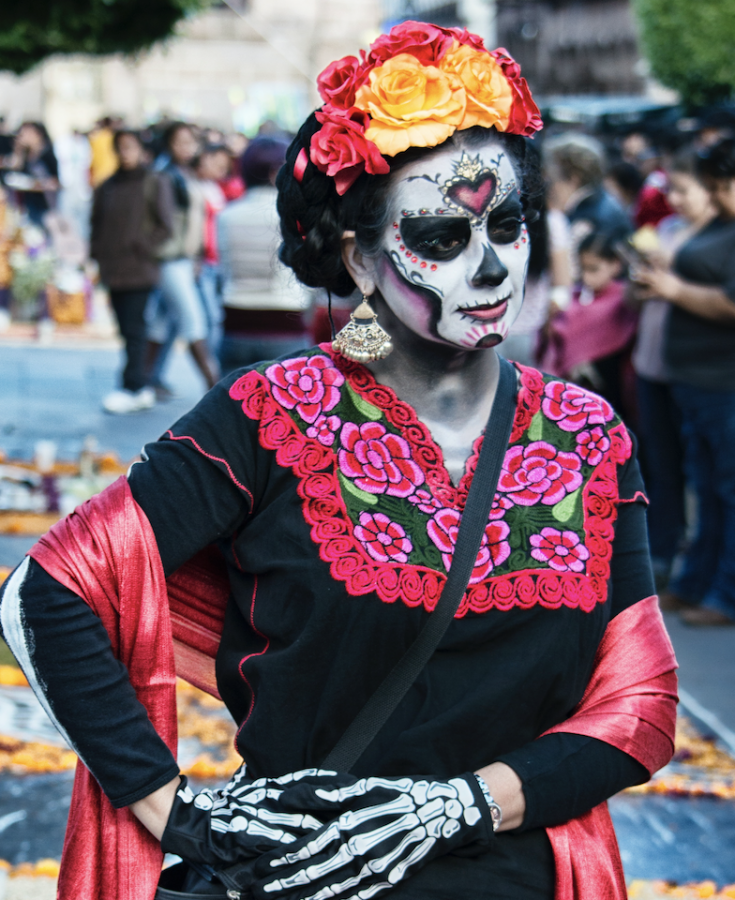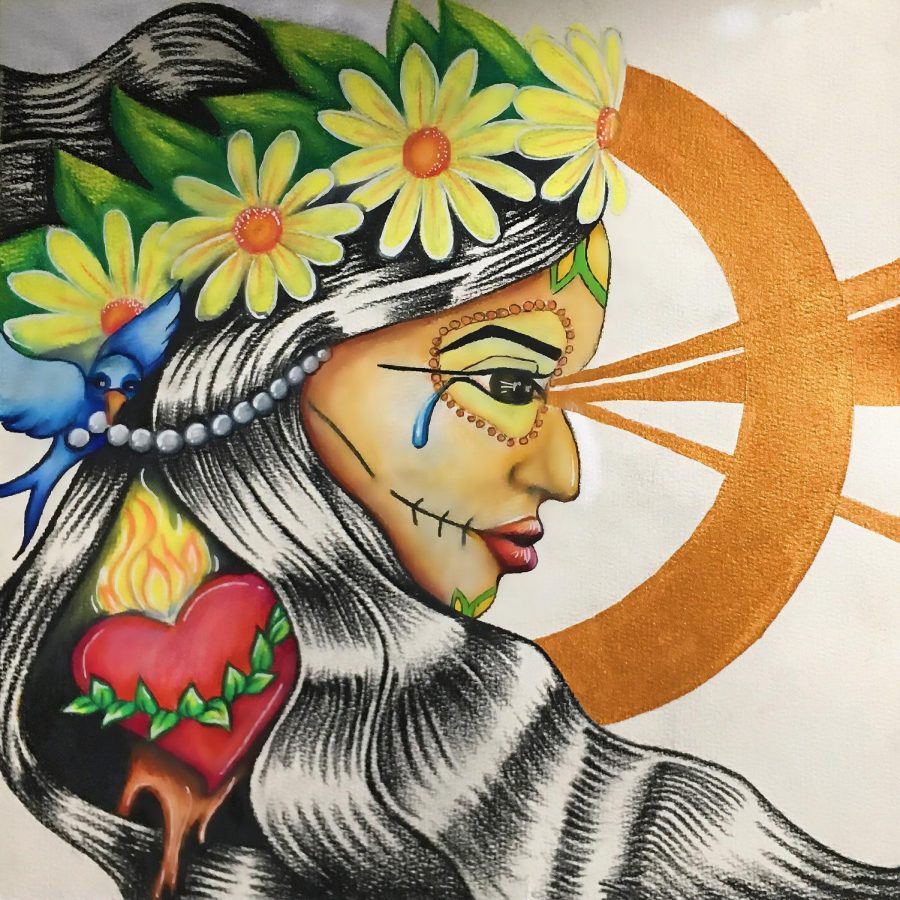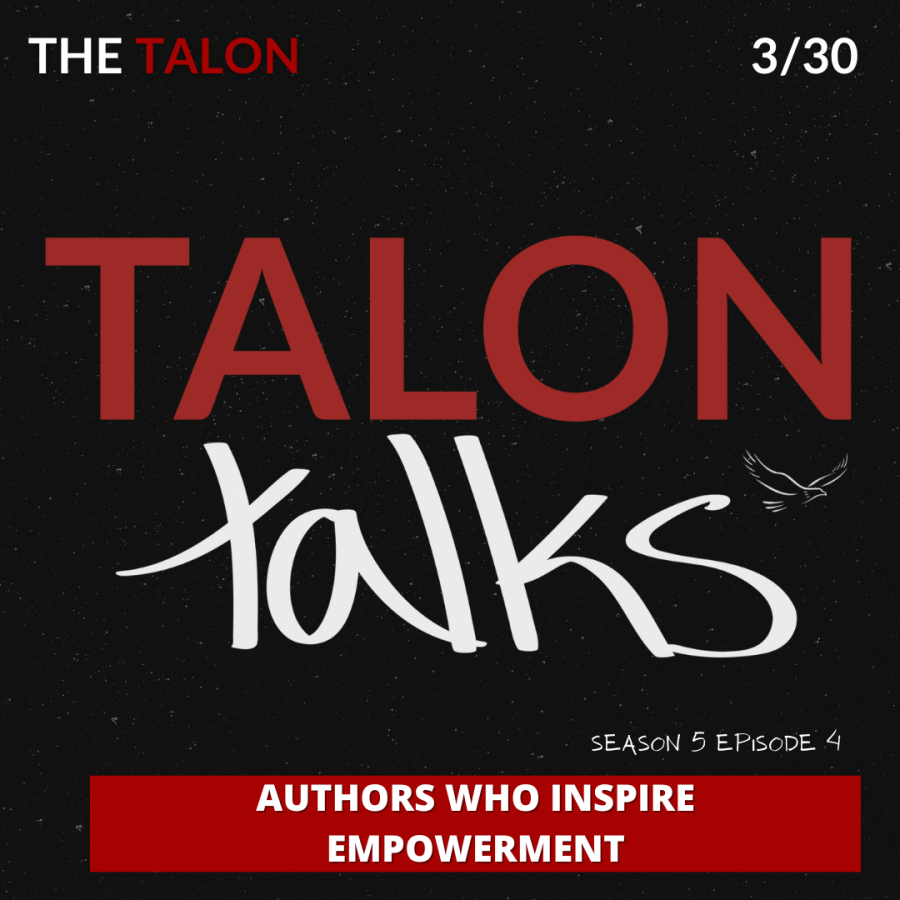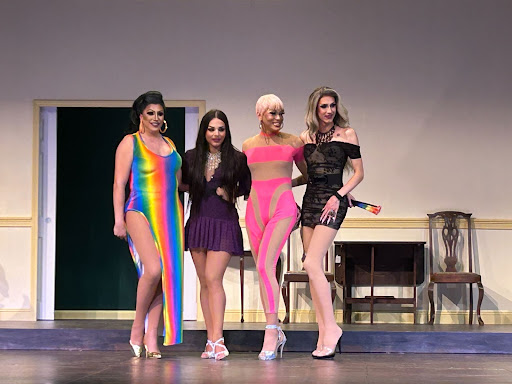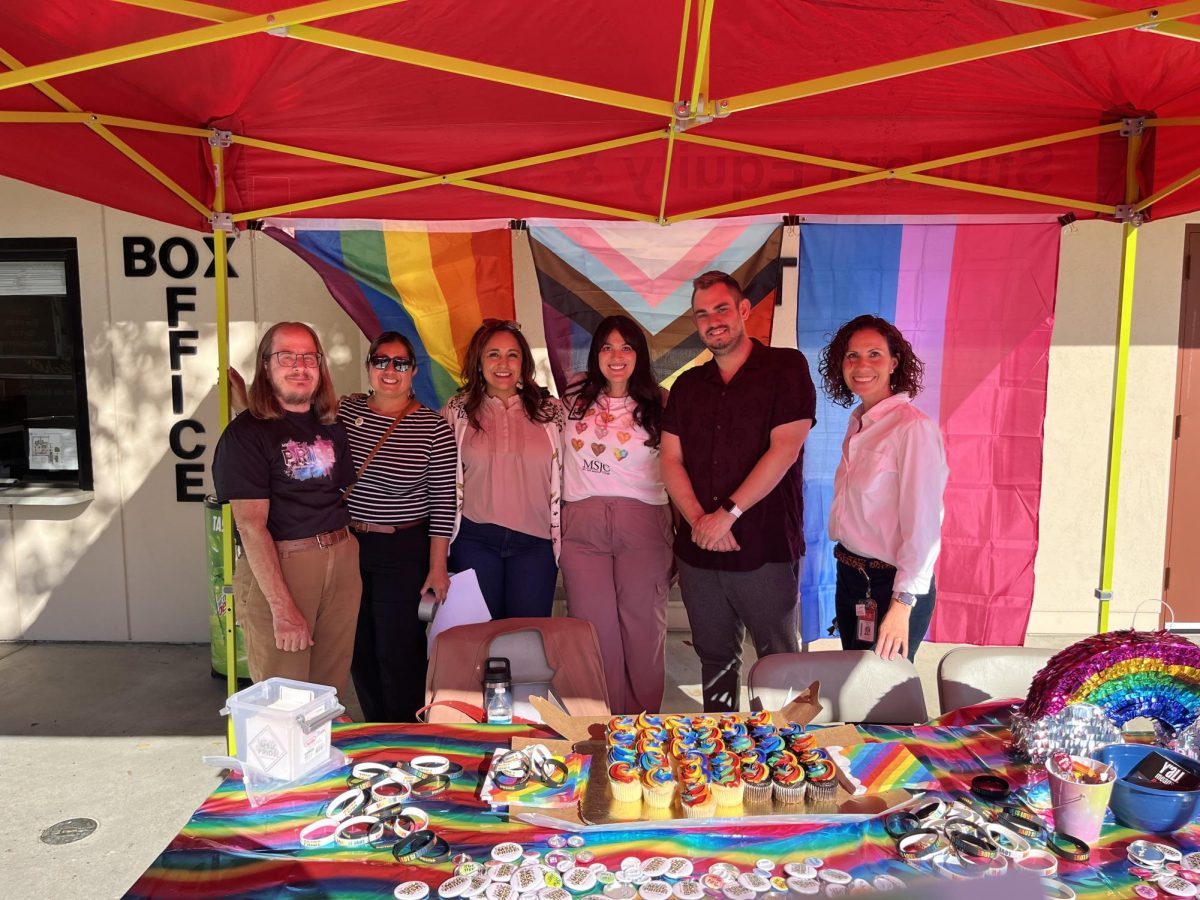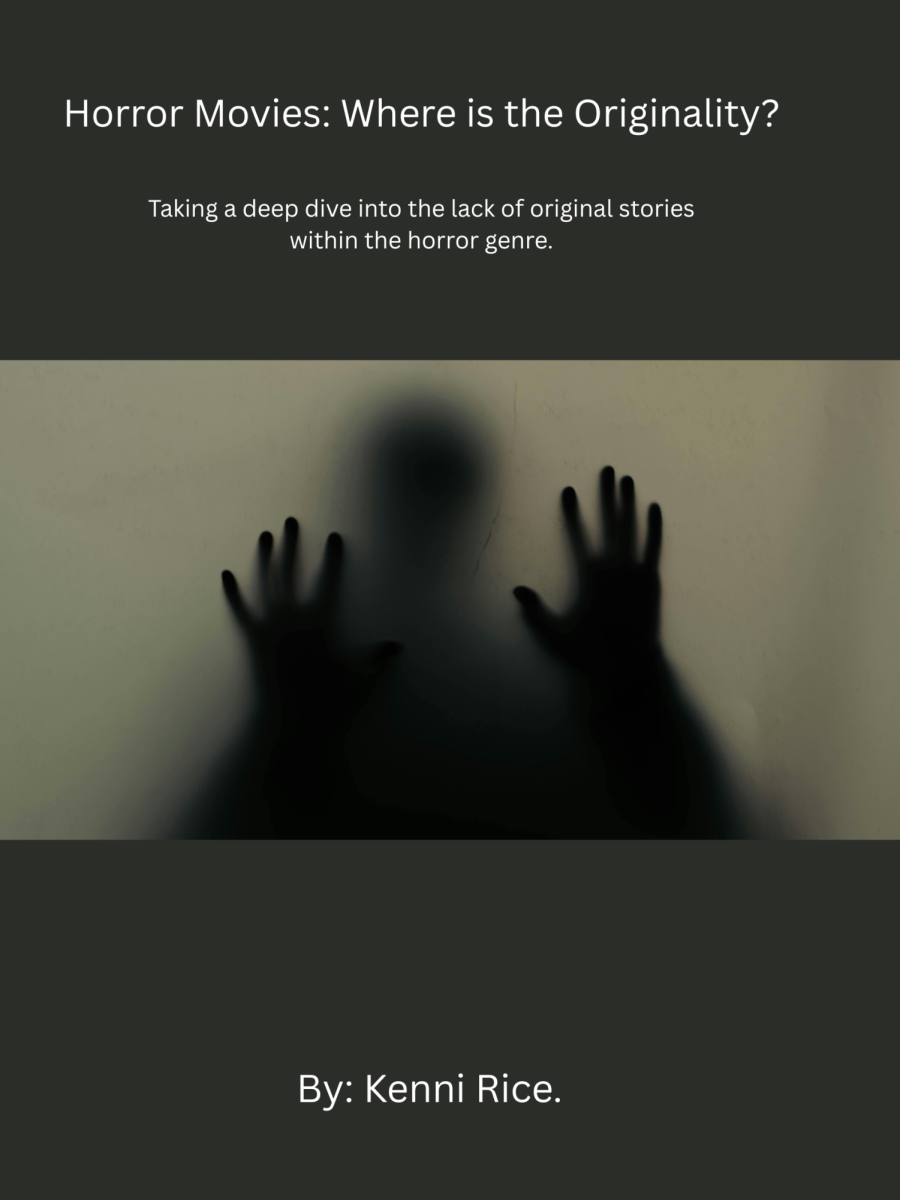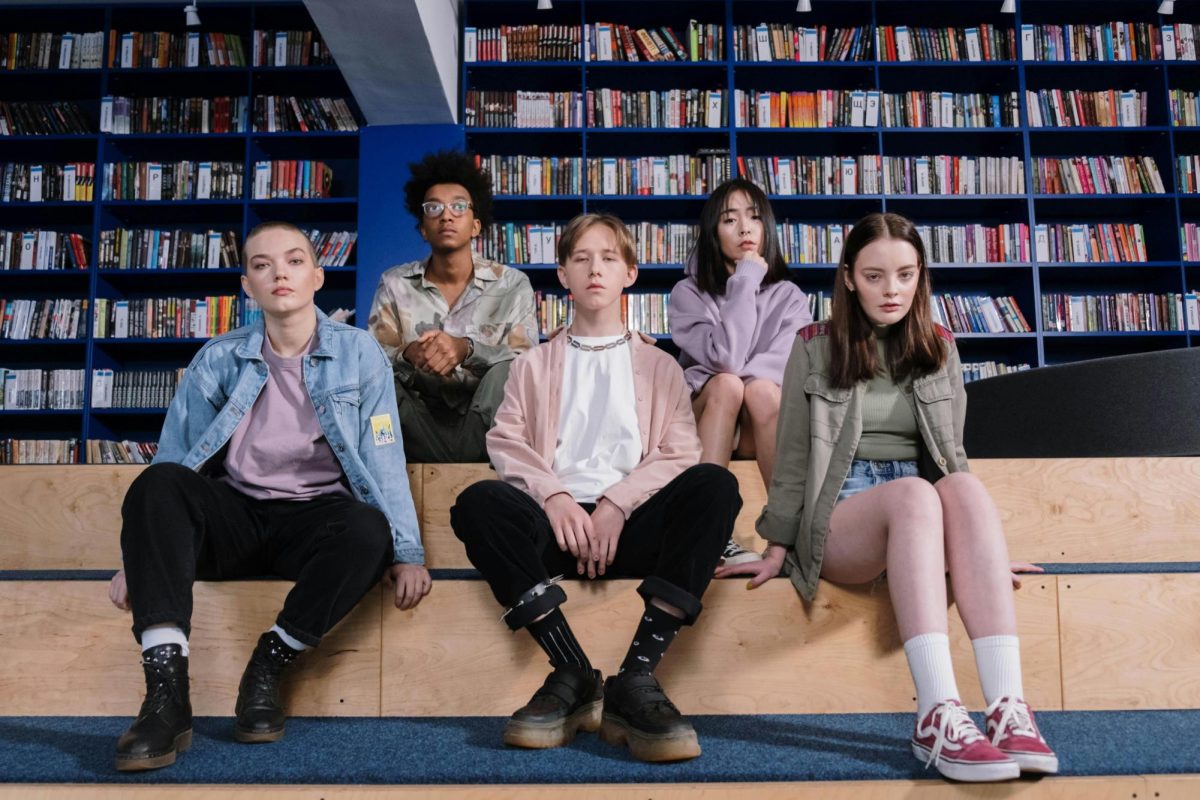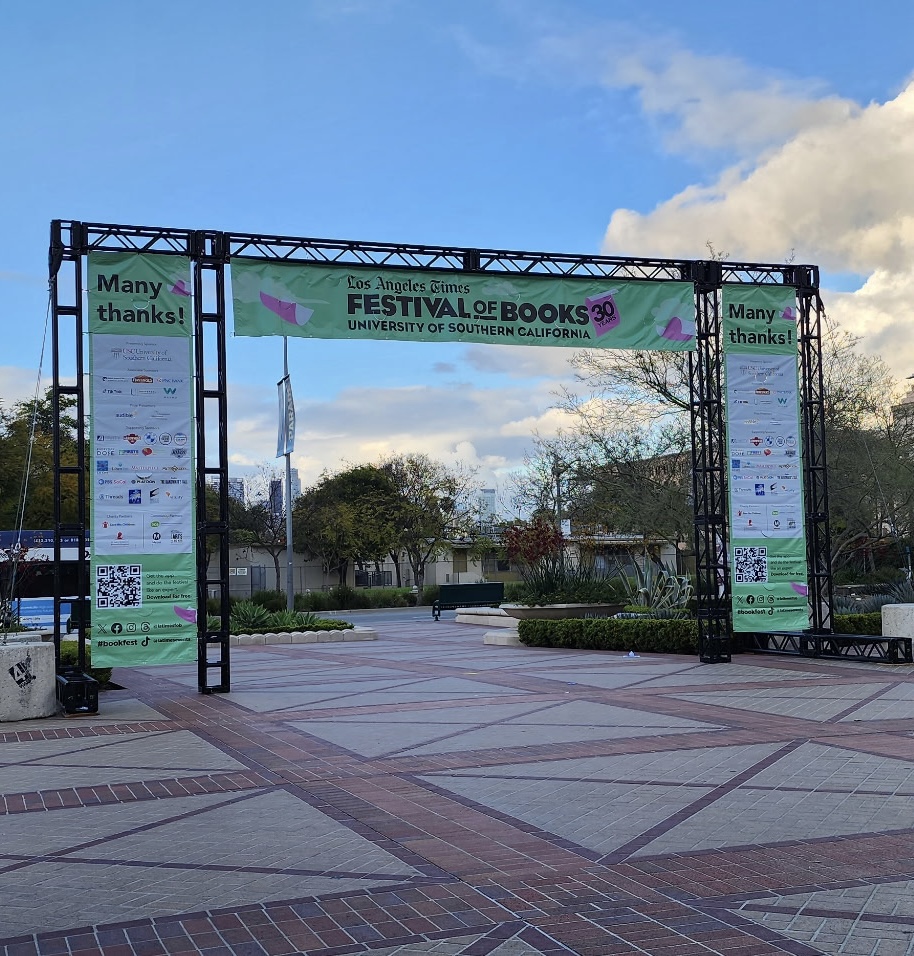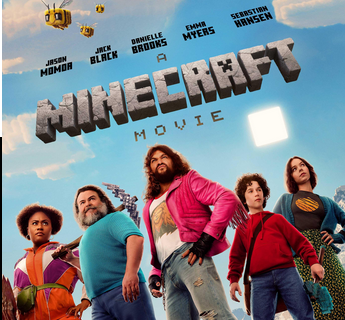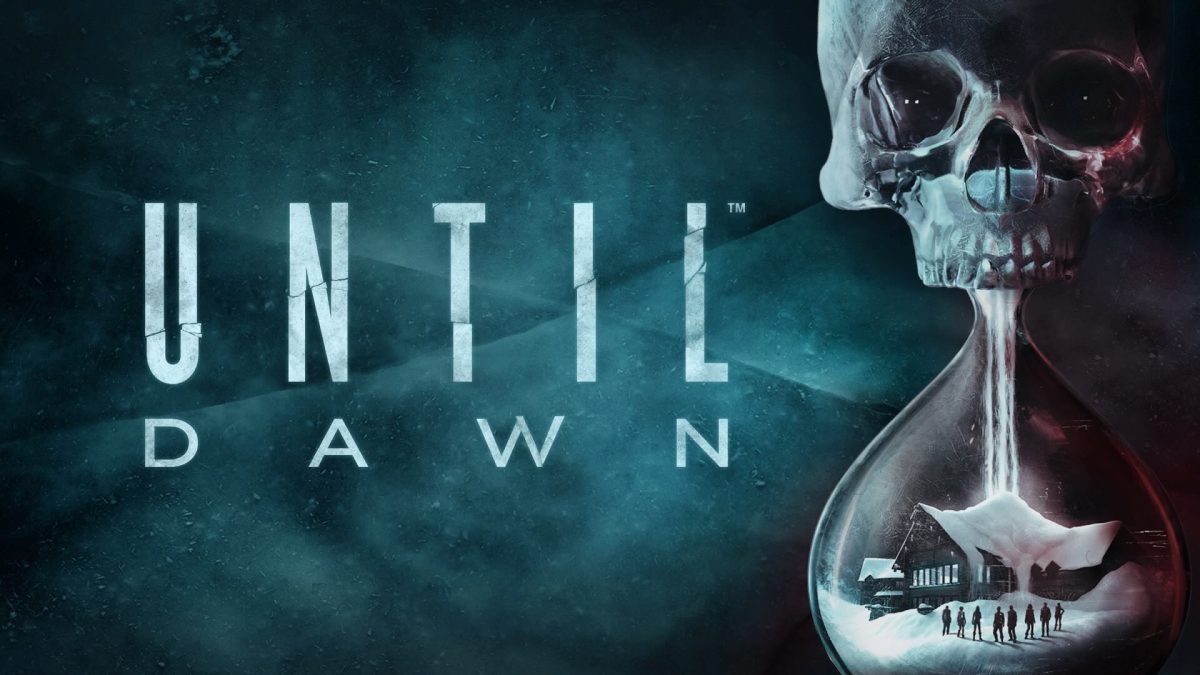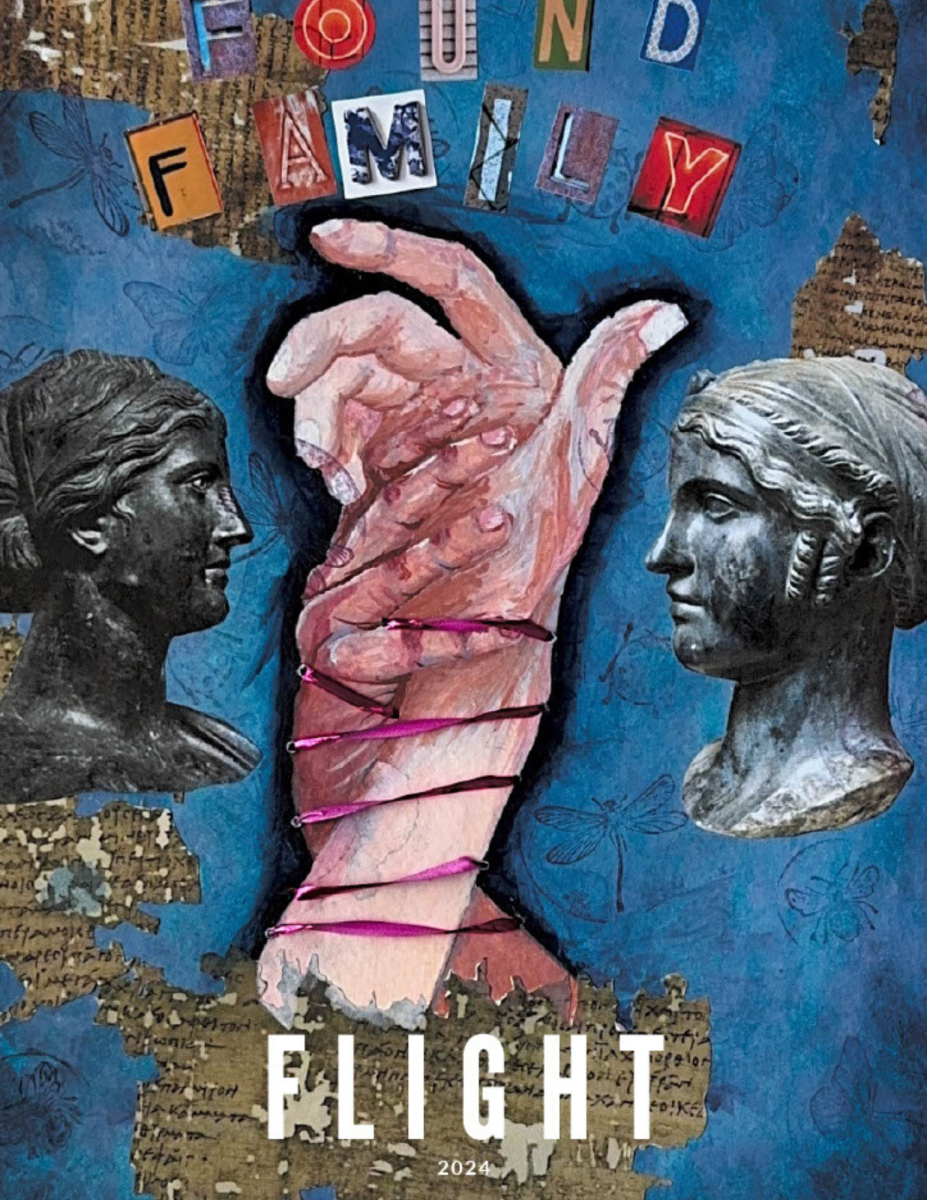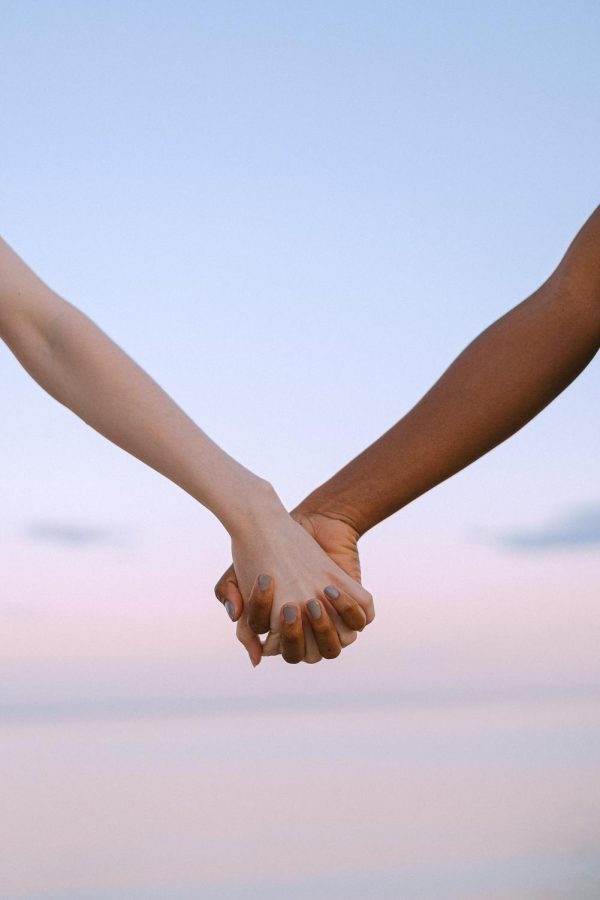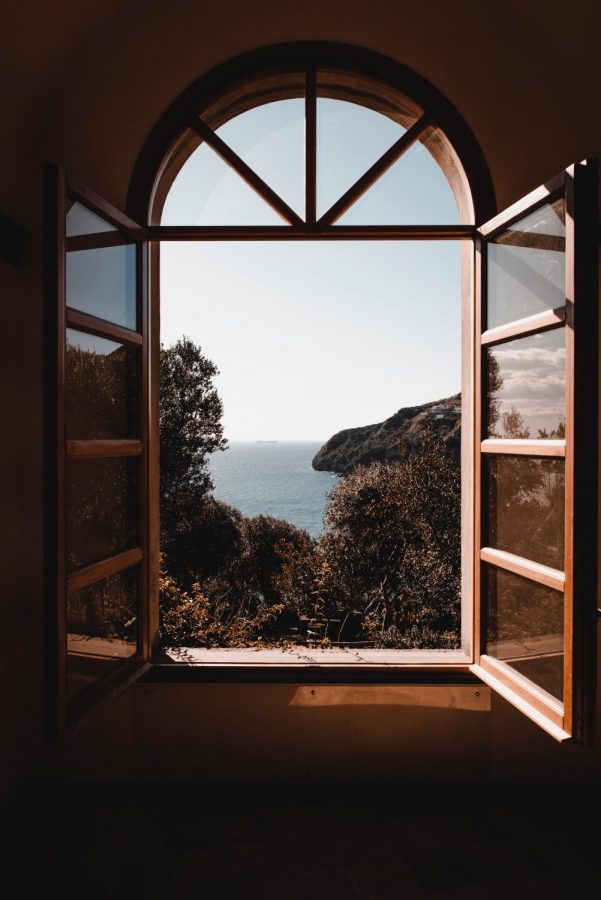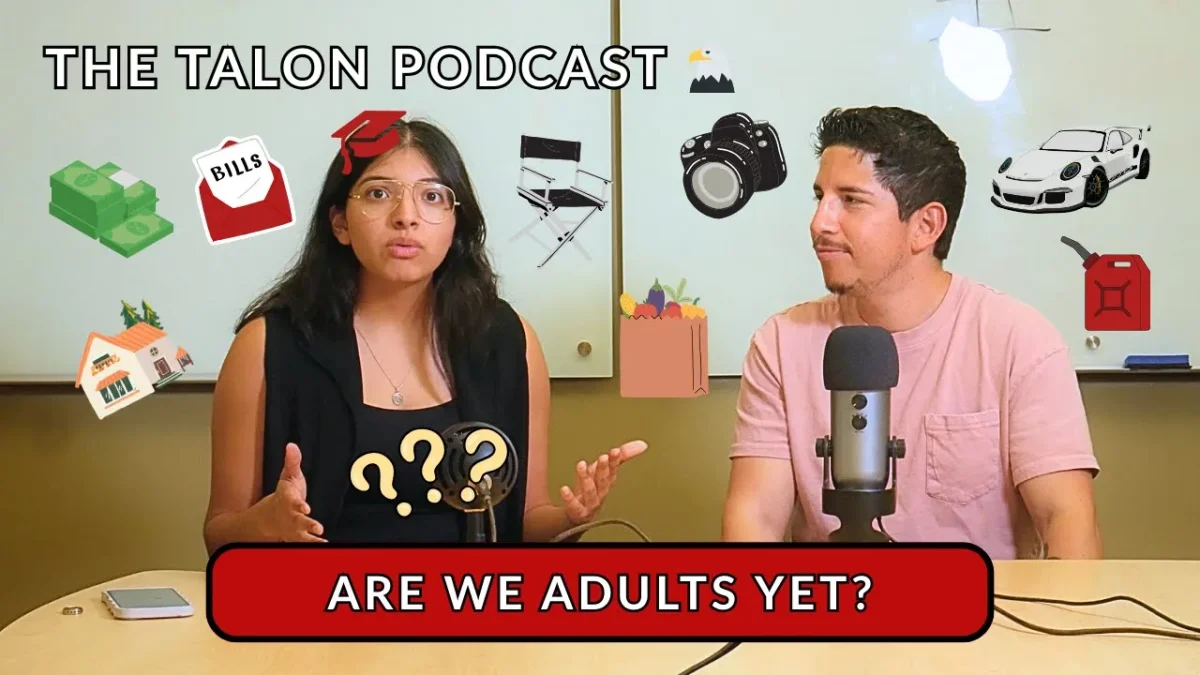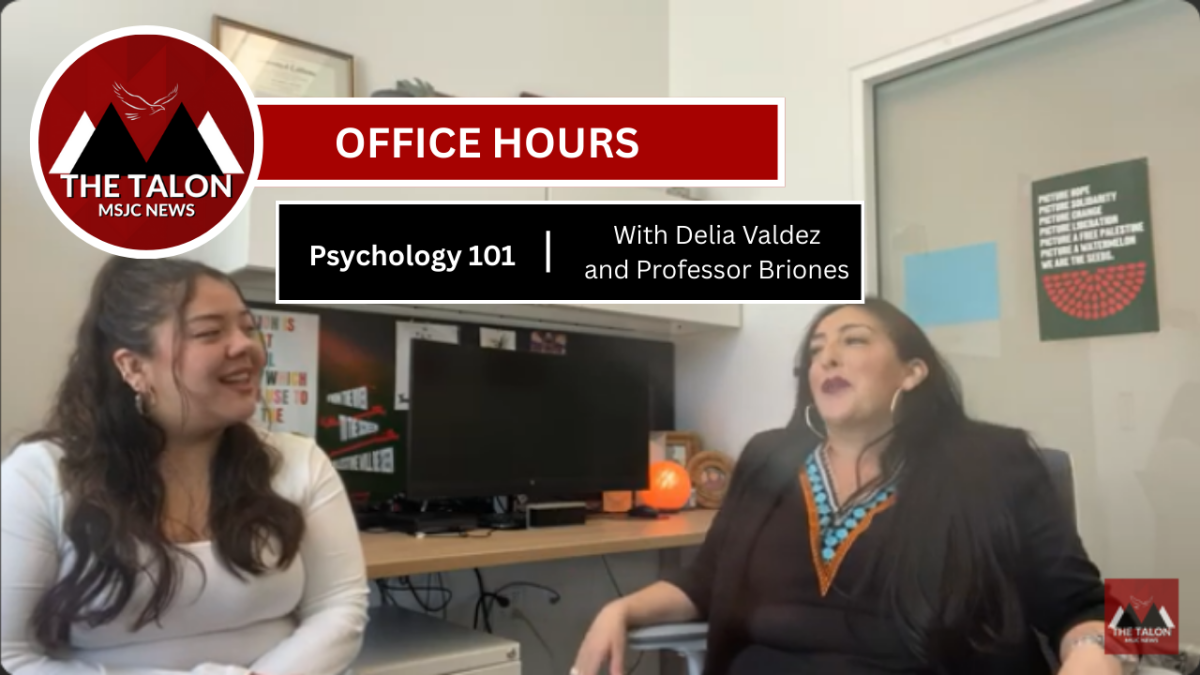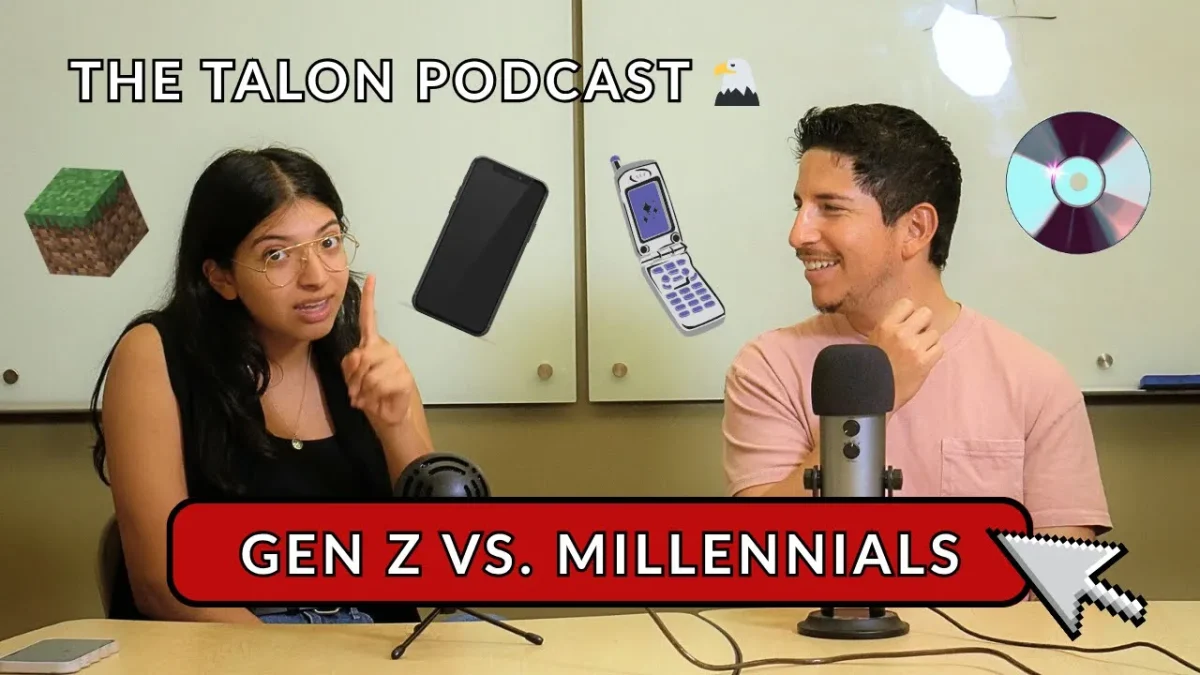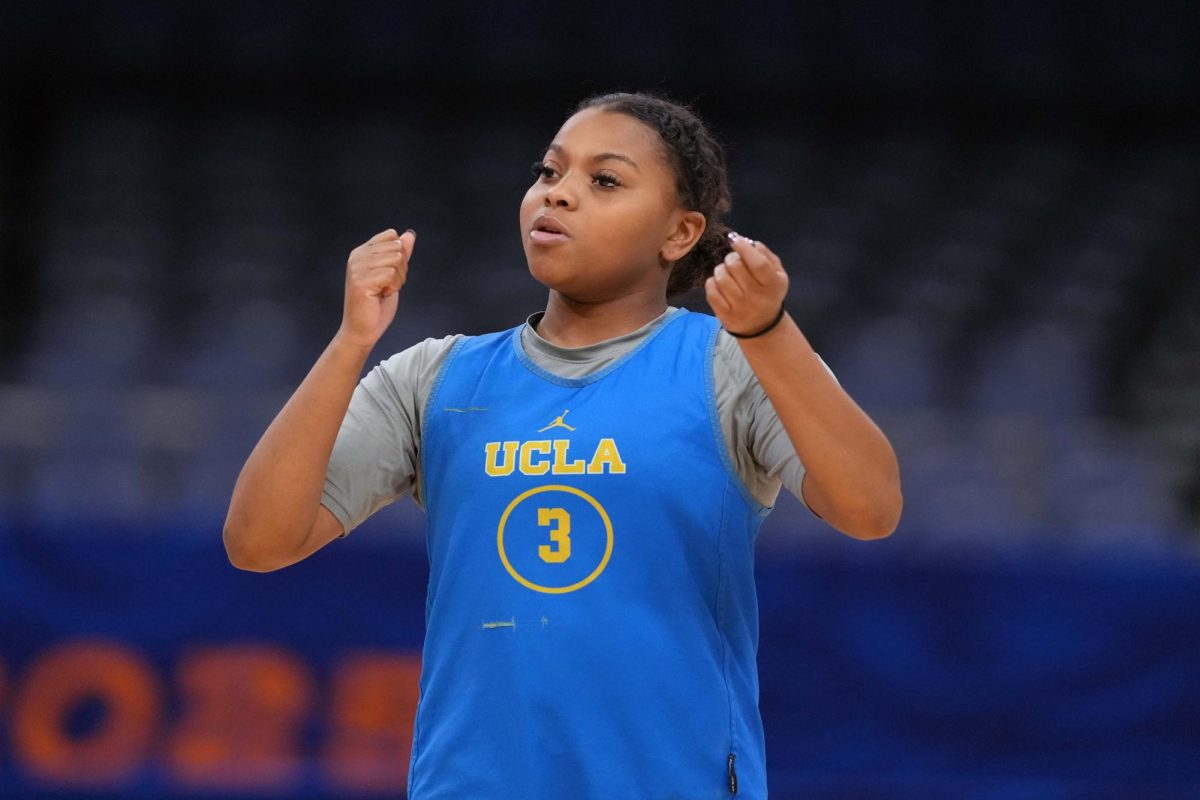Abortion before fetal viability should be legal and easily accessible in all states in the United States. Abortions were legal until the 1850s. When abortion was made illegal across the United States by 1910, many women were still getting abortions, but had to resort to illegal and unsafe methods to do so. When Roe V. Wade was passed in 1973, abortions became legal again, and for a better part of a decade after the ruling, it was met unopposed. However, when the Supreme Court ruled in Dobbs v. Jackson Women’s Health Organization to ban abortion at fifteen weeks of pregnancy, Roe v. Wade was overturned.
As a result, one in three women now live in states where abortion is not accessible. There are currently advocacy programs in place fighting for abortion rights, but we are far from where we need to be; the Senate is currently split between Republicans and Democrats, so little progress in this area has been made. Abortion rights could be restored if the Senate is not as divided as it currently is.
Pro-lifers believe that a fetus can feel pain. They say that pain is evidence of a human life that should not be destroyed, even before viability. However, medical science does not support fetal pain theories before viability. Evidence suggests that fetuses begin to feel pain during the third trimester, around twenty-seven weeks of pregnancy. Some pro-lifers even believe that abortions are wrong because they don’t consider an unborn babies’ will, or what they would want.
Those who support pro-choice, on the other hand, recognize that having an abortion was a morally difficult decision for most women. But they place a stronger value on the emotional and physical health of a woman than on the potential life of a fetus, particularly before viability (the twenty-fourth week of pregnancy, after which a fetus can survive outside the womb). Others fell somewhere between these two extremes. 
In an interview with Kathy Czech (see above photo), a pro-life 57-year-old woman, I learned more about why she is pro-life, and her story is intriguing.
“When I was twenty-two, I had a relationship, or an affair rather, with someone who was not right for me, and I fell pregnant. I was in no way financially or emotionally ready to have a baby and the father did not want to be in the picture, so I aborted it. It was by no means an easy decision and I’ve felt guilty about it ever since. It didn’t feel like murder, per say, but I robbed a child of a life and I will always regret that. I don’t want anyone else to go what I went through, so yes, I oppose abortions now.”
She currently has no children. Her story is interesting because she had an abortion herself, thinking that it was the best choice, but that was what led her to the completely opposite viewpoint today. I also interviewed Sharon Kudla, a 58-year-old pro-choice woman. Given that she is of a similar demographic to Mrs. Czech, yet has an opposing view, it led me to want to know why.
Kudla says, “I grew up in a broken home. I did not have a good childhood, and it messed me up for a while. While I am happy with my life now, and things did eventually work out, my parents were in no state to have me, and for a long time, I wished I was never born. I don’t want any child to have to feel like that, so that, among other things, is why I advocate for those who are not ready to have children, to have the choice not to.”
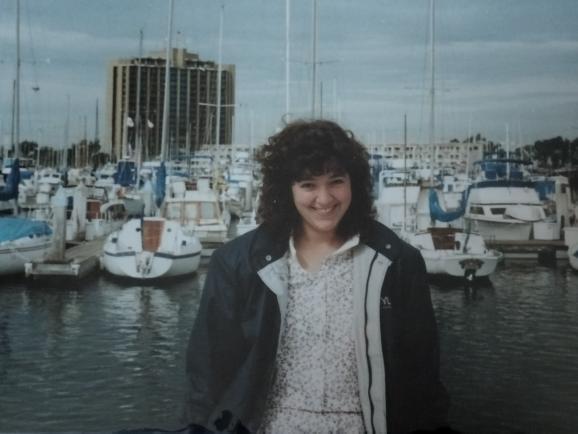
“You said ‘that, among other things,’ is why you believe people should have the choice not to have children. What are the other things?” I asked.
“Well, I believe that, in general, regardless of my situation or any situation in which women may find themselves, they should get to do whatever they want with their bodies, and there shouldn’t be a law that prevents that.”
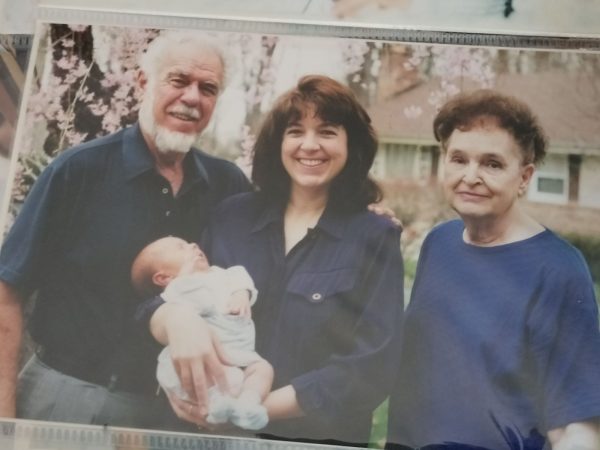
Abortion had been legal in most states until the 1850s. Bans followed, with abortion illegal in all states by 1910. Outlawing abortion failed to eliminate it; instead, the bans turned a safe healthcare practice into one with great legal risks. Beyond direct criminal penalties, people lost jobs, and families were disrupted; women were often forced into humiliating situations with male police officers, and forced by police to reveal personal details about their sex lives.
With bans threatening their livelihoods and freedom, many doctors and midwives stopped providing abortions,and some started reporting their colleagues who still provided them. Women who couldn’t afford to pay the few providers offering abortion, or who felt afraid of criminal charges, sometimes tried dangerous methods of self-managing abortion. When such methods led to complications and forced women t go to the hospital, patients could be reported to the police.
In 1973, in a court case called Roe V. Wade, the Court ruled that the Constitution of the United States generally protects a pregnant woman’s liberty to choose to have an abortion. For the better part of a decade after the Court’s decision, the vast majority of lawyers, law professors, and grassroots activists in the anti-abortion movement opposed efforts to strip the Court of its authority or to question the decision (Ziegler 2015). However, lots of states passed laws that made getting an abortion nearly impossible.
The Supreme Court ruled in Dobbs v. Jackson Women’s Health Organization to ban abortion at fifteen weeks of pregnancy. Subsequently, by June 24th, 2022, Roe v. Wade was overturned, which ended the federal constitutional right to abortion in the United States. As a result, one in three women now live in states where abortion is not accessible.
In the first few months after Roe was overturned, 18 states banned or severely restricted abortion. Today, more states are working to pass bans. Even with Roe in place, many people in the United States found that for them, the right to abortion was just on paper. Systemic racism, ongoing white supremacy, and coercive reproductive health policies undercut access to abortion in many communities even before Roe was overturned.
Before 2022, whether you could actually get an abortion depended on your race, where you lived, and your access to money and health insurance, for communities where centuries-old barriers have stood in the way of access to health care. For Black, Latino, Indigenous communities, rural communities, immigrant communities, people with disabilities, LGBTQ+ folks, young people, and people with low incomes, abortion was challenging to access. With Roe overturned, abortion for many in these communities has been pushed even further out of reach.
Roe V. Wade was overturned most likely because between 2016 and 2020, anti-abortion politicians in the Senate and White House angled to install three new Supreme Court justices — Neil Gorsuch, Brett Kavanaugh, and Amy Coney Barrett — with records hostile to reproductive health and rights… Nearly 1 in 4 women in America will have an abortion by age 45. Overturning Roe v. Wade was unpopular and politically toxic for anti-abortion politicians. 85% of Americans believe that abortion should be legal. Regardless of age, background, or education level, the majority of people supported Roe before it was overturned. Acceptance of abortion is longstanding: A majority of Americans have wanted abortion to be legal for decades. Reproductive rights champions in states across the country have worked to protect and expand access to abortion.
Planned Parenthood is working to get patients to care and care to patients. At the same time, Planned Parenthood supporters and abortion rights advocates are fighting for everyone to have the freedom to make their own decisions about their bodies and their lives. Join these advocates to help! Participate in a protest! Maybe even make your own website or documentary highlighting the negative impacts that this overturn has brought upon women. Anything can help.
References
Ackerman, K. D. (2022). When Abortion Roiled 19th Century New York: Long before Roe vs. Wade, the practice of abortion posed a daunting political–and public health–issue in 1870s American Heritage, 67(3), 1–9.
Al Jazeera. (2022, July 15). US House votes to restore abortion rights after end of Roe. Women’s Rights News | Al Jazeera. Retrieved April 12, 2023, from https://www.aljazeera.com/news/2022/7/15/us-house-votes-to-restore-abortion-rights-after-end-of-roe
Mary Ziegler. (2015). After Roe : The Lost History of the Abortion Debate. Harvard University Press.
Ryan, I., Premkumar, A., & Watson, K. (2022). Why the Post-Roe Era Requires Protecting Conscientious Provision as We Protect Conscientious Refusal in Health Care. Journal of Family Practice, 71(7), 906–912. https://doi.org/10.1001/amajethics.2022.906
Vicki Oransky Wittenstein. (2016). Reproductive Rights : Who Decides? Twenty-First Century Books ™.


